Arc Search, my go-to app for all search needs on macOS and iOS, from The Browser Company, has introduced its latest feature, Call Arc, designed to make voice-activated search fun and useful. Released on May 23, 2024, as part of the V1.13.0 update, Call Arc offers a new way for users to interact with their search queries using voice commands. This feature adds a neat twist to the traditional “phone a friend” concept, turning your phone into an instant answer provider.
Designer: The Browser Company
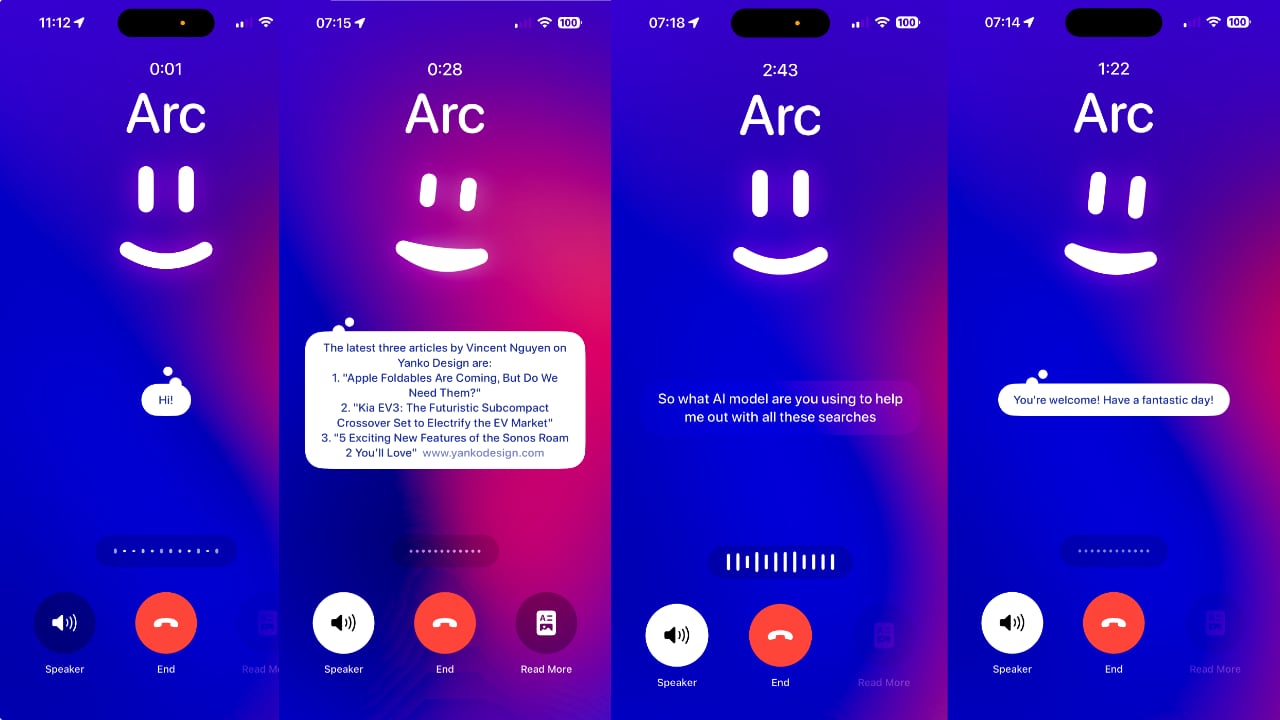
The new feature enables users to activate voice search by simply holding their iPhone to their ear, simulating a phone call. This method enhances the user experience by making it feel more natural while also aiming to provide faster and more convenient responses. The app responds nearly instantly with search results, accompanied by an animated smiley face, adding a touch of personality to the interaction.
The Browser Company aims to create a more conversational and accessible search experience with Call Arc. This feature builds on the existing voice search capabilities of Arc Search, which were previously made available via the iPhone 15 Pro’s Action button. With Call Arc, initiating a search becomes as intuitive as making a phone call, tapping into a deeply ingrained habit in human behavior.
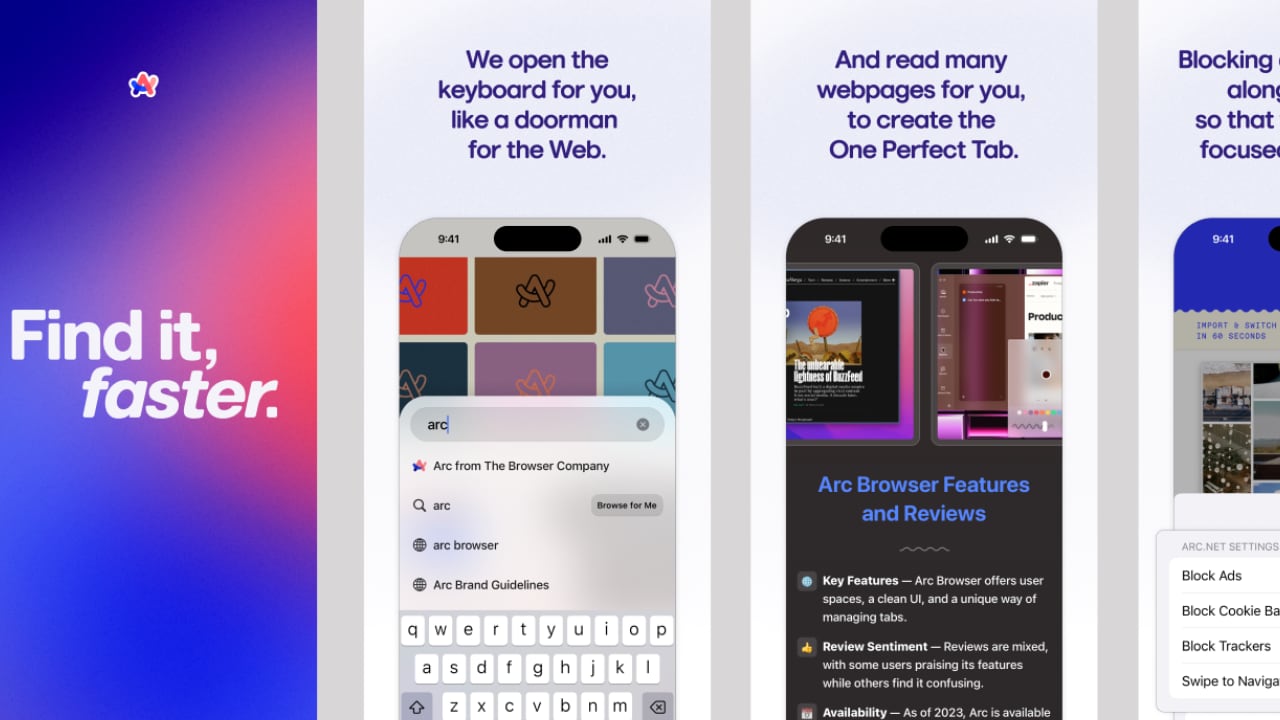
However, the feature is not without its challenges. In my experience, using Call Arc is seamless; simply opening the app and raising the iPhone to my ear triggers the call automatically. There were instances where the app asked for confirmation to connect, which was a minor inconvenience. While single queries were handled well, more complex requests, such as asking Arc to summarize articles into bullet points, led to the app going blank and failing to respond to subsequent queries. This indicates that the feature is still buggy, and user experiences may vary.
In addition, Arc Call can’t open links or show results directly within the app. Instead, it explained in detail how I could search for the information myself. When I asked which browser I should use, it named all the competitors except for Arc Browser.
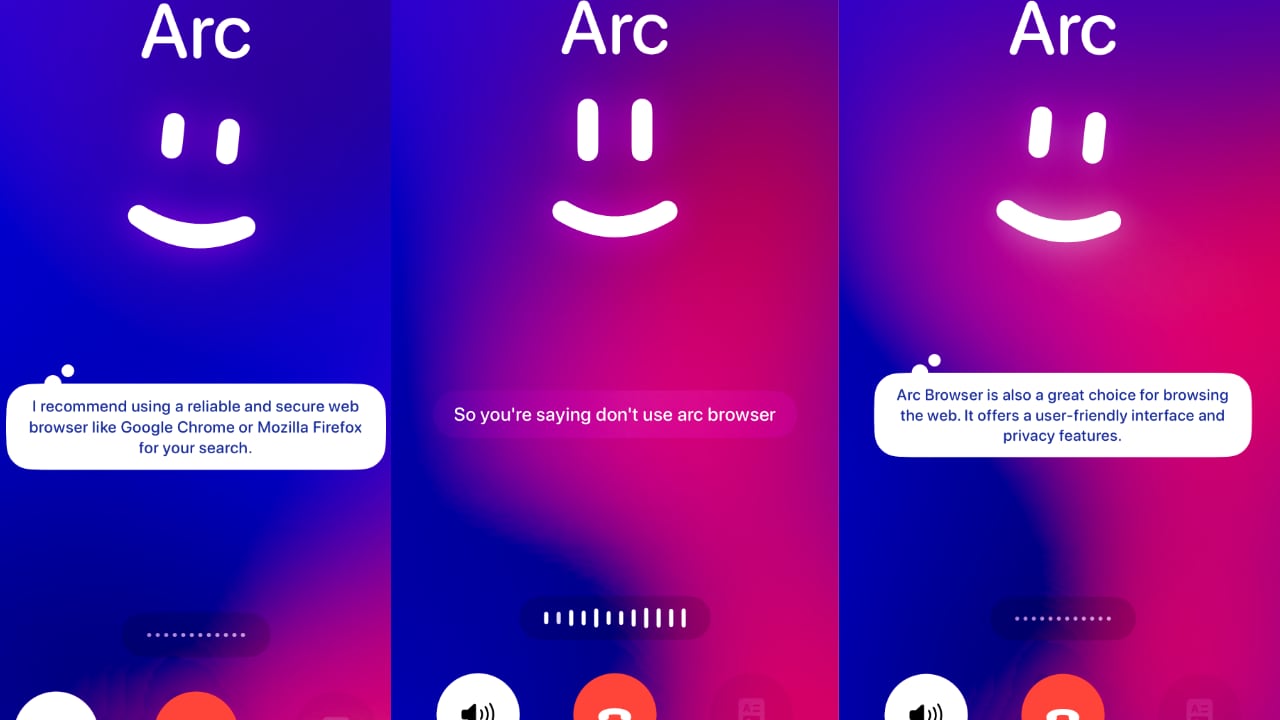
Arc Call recommends Chrome or Firefox for search and doesn’t mention Arc Browser
Arc Search has made significant strides since its launch in January, with features like “Browse for me,” which compiles information from multiple web pages into a single, user-friendly page. Powered by models from OpenAI and other sources, this feature provides comprehensive responses to user queries.
Regular and meaningful updates are crucial in distinguishing Arc Search from competitors like Safari, Chrome, and other AI assistants. As Apple prepares to roll out its AI-infused updates for Safari and Siri, it will be interesting to see how Arc continues to innovate and improve its core offerings throughout the year.
An intriguing aspect of Arc’s new feature is its choice of a female voice, which aligns with a broader trend in AI voice assistants. Siri, Alexa, Cortana, Google Voice, and even ChatGPT’s voice models have predominantly female voices. This phenomenon is not coincidental but rooted in historical, cultural, and psychological factors. Female voices are often perceived as more soothing, approachable, and helpful, aligning with the roles these assistants are designed to play.

In 2014, Alex Garland’s Ex Machina showed how a lifelike female robot passed the Turing Test and won the heart of a young engineer
The history of female voices in technology can be traced back to early telephone operators and IVR systems, setting a precedent for modern AI assistants. Pop culture, too, has played a significant role, with characters like Samantha from the film “Her” and JARVIS from “Iron Man” shaping our perceptions of AI voices. Studies have shown that users generally find female voices more likable and comforting, which can enhance the user experience and engagement.
Sarang, a colleague who conducted a deep dive analysis, highlighted the importance of recognizing the gender biases present in AI voice assistants. “Why do most AI voice assistants have female voices? How do humans perceive these voices? Why don’t you see that many male AI voice assistants?” he asked. Sarang emphasized that while female AI voices can help normalize female authority and challenge stereotypes, they also risk reinforcing existing biases if not designed and managed carefully. The training data and algorithms behind these voices must be diverse and inclusive to avoid perpetuating harmful stereotypes.

Regarding UI/UX design, the Arc Search app’s Call Arc feature presents a clean and intuitive interface, enhancing user interaction through simplicity and visual appeal. The interface is minimalistic, focusing primarily on essential functions, which reduces cognitive load and allows users to engage with the app effortlessly. This design approach ensures that users can easily navigate the feature without being overwhelmed by unnecessary elements.
A notable UI aspect is the animated smiley face, which adds a friendly and engaging element to the user experience. Similar to Amazon’s Prime smiley logo, this visual indicator conveys a sense of friendliness and approachability. It shows that the app actively listens and responds, creating a more interactive and human-like interaction. The smiley face makes the experience more enjoyable while providing a clear signal that the app is processing user queries.

The call interface is designed to resemble a typical phone call screen, making it familiar and easy to use. A timer at the top of the screen indicates the duration of the interaction, reinforcing the phone call analogy. This familiar design helps users feel comfortable using the feature as it closely mimics the standard phone functions they are already accustomed to.
Key functional buttons like “Speaker” and “End Call” are prominently displayed and easily accessible, mirroring a standard phone call UI. This design choice ensures that users can quickly manage the call without confusion. Additionally, the inclusion of a “Read More” button allows users to access detailed information from the “Browse for me” feature, providing a seamless transition between voice responses and in-depth content.
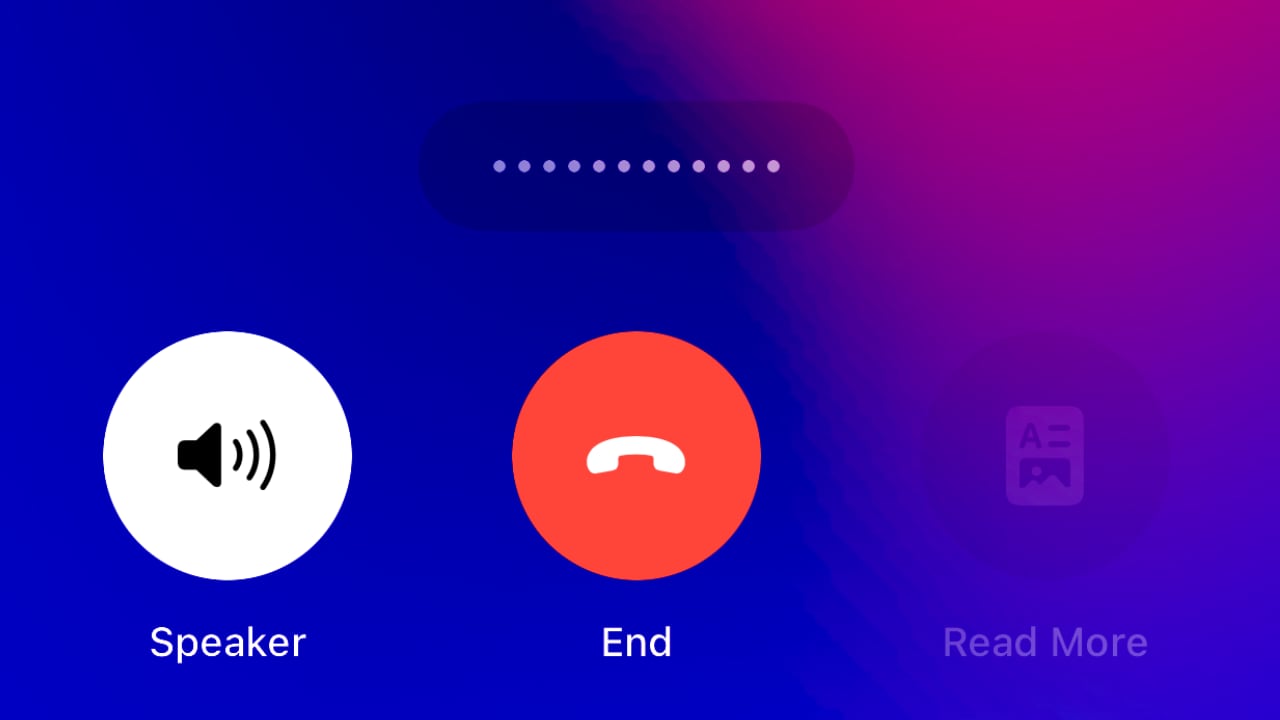
The background has a gradient of vibrant colors, creating a visually appealing backdrop that enhances the app’s overall aesthetic without distracting from the functional elements. This use of color adds to the app’s modern look and feel, making it attractive and user-friendly.
The design also leverages intuitive gestures, such as raising the phone to the ear to initiate a call. This gesture aligns with natural user behavior, making the feature more seamless and integrated into everyday actions. By incorporating these intuitive interactions, The Browser Company has created a feature that feels innovative and inherently easy to use.
So far, the new Call Arc feature in Arc Search is pretty sleek. Will I use it? I don’t know because, at the moment, it’s a party trick to me, although its true purpose is to provide a more engaging and natural search experience. Despite some bugs, the feature shows promise and reflects The Browser Company’s commitment to pushing the boundaries of AI-powered tools. As AI voice assistants evolve, it is crucial to consider their broader social implications and strive for a balanced and fair representation in their design and implementation.
The post Arc Search’s “Call Arc” Feature for iPhone Is A Fun Take on ‘Phone a Friend’ first appeared on Yanko Design.





 system that bonds the case to the phone in a way that gives you both impact resistance as well as shock-absorption… all while showing off your smartphone’s design the way it was intended to be seen!
system that bonds the case to the phone in a way that gives you both impact resistance as well as shock-absorption… all while showing off your smartphone’s design the way it was intended to be seen!
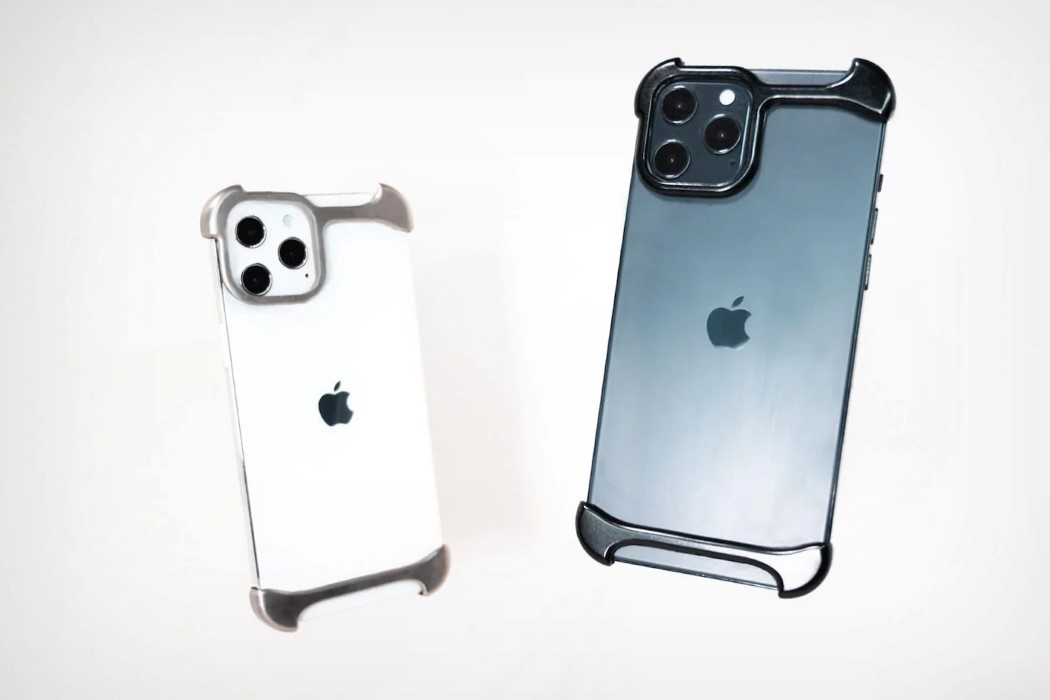







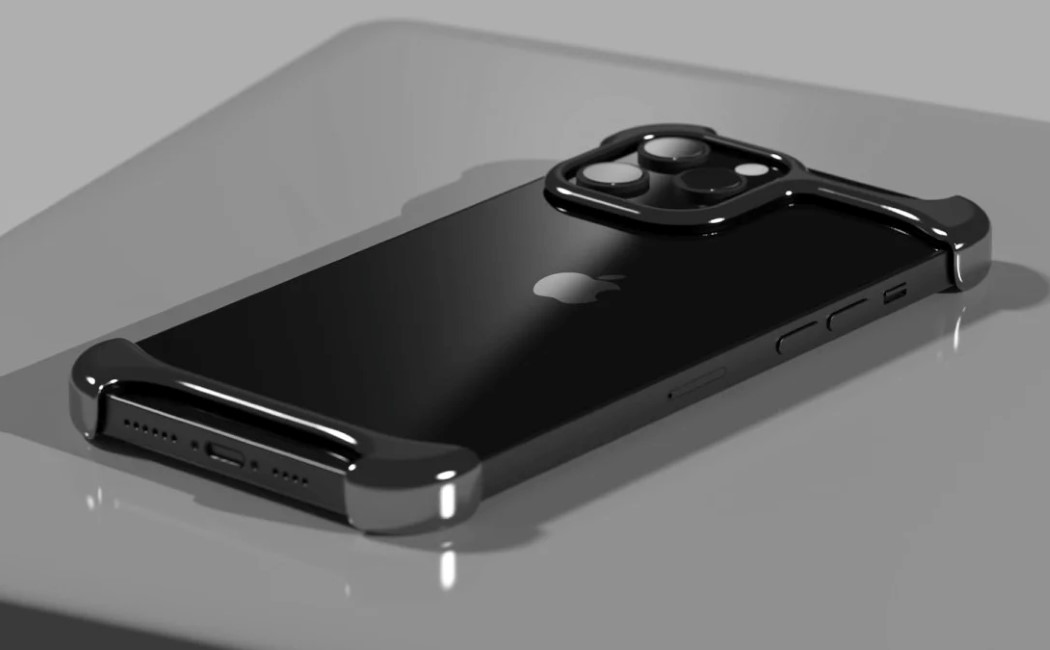












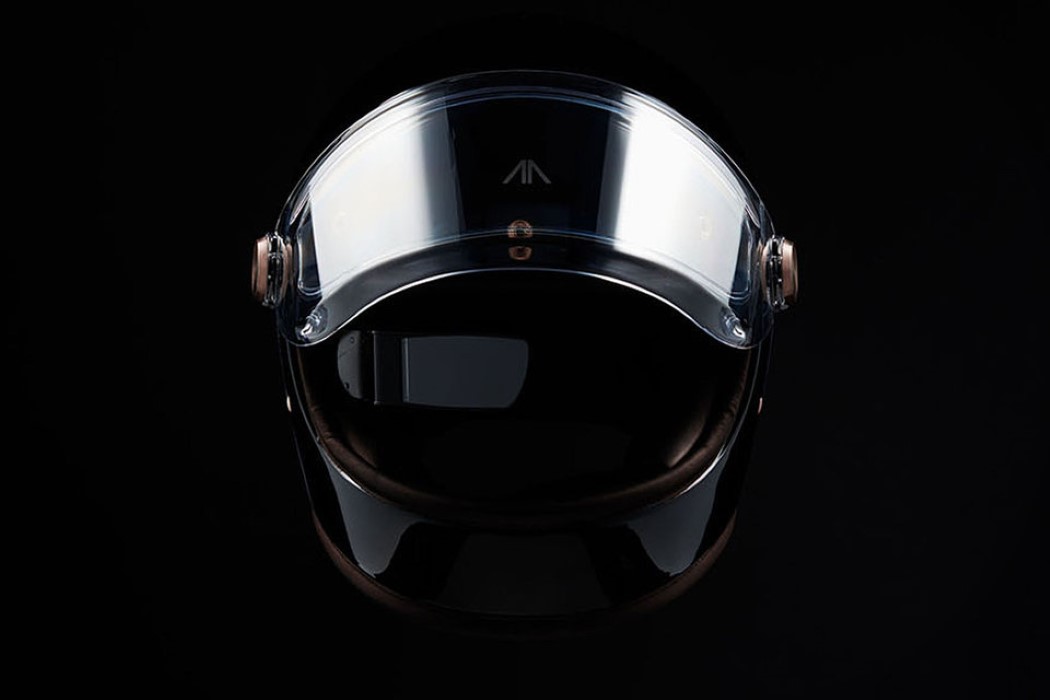

 Virtual assistants and chatbots don't have a lot of common sense. It's because these types of machine learning rely on specific situations they have encountered before, rather than using broader knowledge to answer a question. However, researchers at...
Virtual assistants and chatbots don't have a lot of common sense. It's because these types of machine learning rely on specific situations they have encountered before, rather than using broader knowledge to answer a question. However, researchers at...